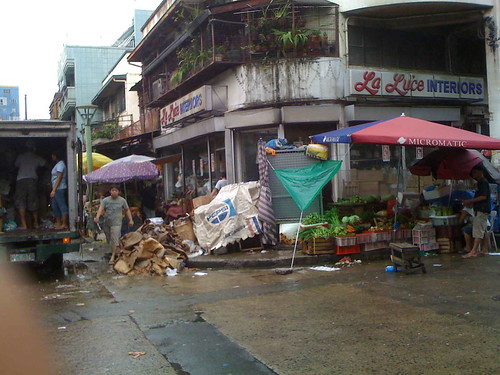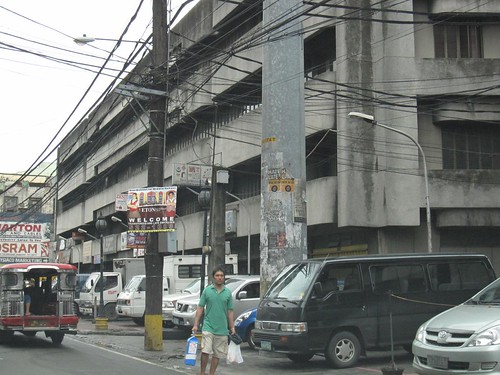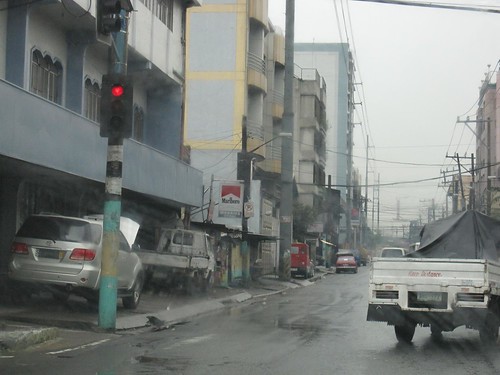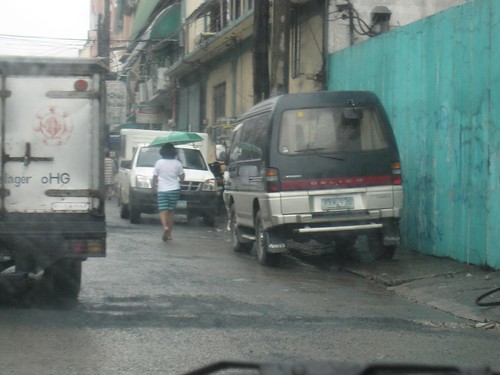Several articles on the Philippine Daily Inquirer have been talking about the flooding caused by Typhoon Ondoy in Metro Manila on Sept 26, 2009 like this one that says
nine hours would have made a difference and this one where it says
flood forces developers to back off. I especially like this one where
Marikina Mayor says they have learned their lessons.
All I can say is, "Ngayon pa!"
Why do these people always wait until some huge calamity happens before they learn their lesson? These are not new things. These problems has always been there in some small way. But a study done back in the 1970s has already warned government of these potential once in a hundred years event.
I really like what Marikina City Mayor Marides Fernando (wife of MMDA Chairman Bayani Fernado) says.
Lesson No. 1: No more excuses and favors for riverside squatters living in danger zones.“This time around we’ll be very strict. I think now people have no reason to resist when we ask them to move out of these hazard areas,” she told the Inquirer on Tuesday.Lesson No. 2: There should be a minimum height standard for the construction of residential and commercial buildings, depending on how elevated the place is.This, Fernando said, would help prevent cases of people drowning inside their homes.Lesson No. 3: Policies against illegal parking will be more firmly observed.“Even just one car blocking the road can impede rescue workers from reaching their destination,” she said.Lesson No. 4: More rubber boats and rescue equipment should be in stock for emergency situations.“The rescuers had to scramble for equipment so we need more of these prepared,” Fernando said.Well duh! You guys wanted the squatters there so you can get more votes. Now you say that there's no more excuses? I bet you after the election, those squatters will be back. Once the people forget about this incident (Filipinos have very short memories), those squatters will be back with a vengeance.
Minimum height on buildings? Nobody follows the building code anywhere! Have you seen how buildings and houses are constructed to maximize all available land? There's no set back, there's no parks and greenery set aside in subdivisions. The developers maximize everything for maximum profits. Nobody enforces the building code.
Once it's built, the inspectors turn a blind eye. Don't believe me? Just look at how subdivisions and villages build their exterior walls. They leave almost no sidewalk behind.
Policies against illegal parking? Isn't her husband head of the MMDA? What's up with his sidewalk clearing operation? Everybody still parks illegally and on the sidewalk! Want some proof? Here's some photos I took in Manila.






Did you see any free sidewalks there? Me neither. In the Philippines, sidewalks is for cars to park.
What about having more rubber boats? Wasn't there a P2 Billion relief fund in the National Disaster Coordinating Council but now it's down to P24 million? What happened to the P1.976 Billion?
When will the Philippine government learn to be pro-active instead of being reactive? This is the reason why the Filipino people are in the hole they are in now.









Comments